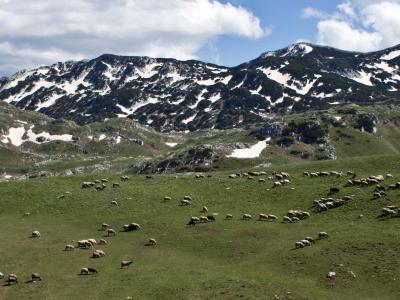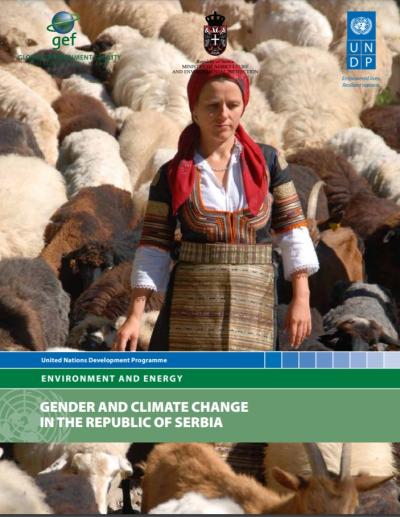The Global Environment Facility has provided support to establish a funding facility for energy efficiency and renewable energy projects in Eastern European countries including Serbia. These projects should reduce carbon emissions and address the inefficient and polluting energy systems in Eastern Europe. In Belgrade, the capital city of Serbia, and in other industrial cities there is currently a significant water and air pollution problem.
Serbia lies at 44 00 N and 21 00 E in Southern Europe. It has a total area of 77 474 square kilometers. In the Northern area of Serbia there are cold winters with hot and humid summers. The other areas of Serbia have a Mediterranean climate with cold winters and hot, dry summers. There is a lot of variation in the terrain in Serbia with rich fertile plains in the North, and limestone ranges and basins in the East. The Southeast is mountainous and hilly. Serbia is rich in natural resources with supplies of oil, gas, coal, other minerals and a significant amount of arable land.
Sources: Central Intelligence Agency. The World Factbook, Serbia (as at 11 November 2009); and Global Environment Facility. Financing Energy Efficiency and Renewable Energy Investments for Climate Change Mitigation, Executive Summary 2005.






